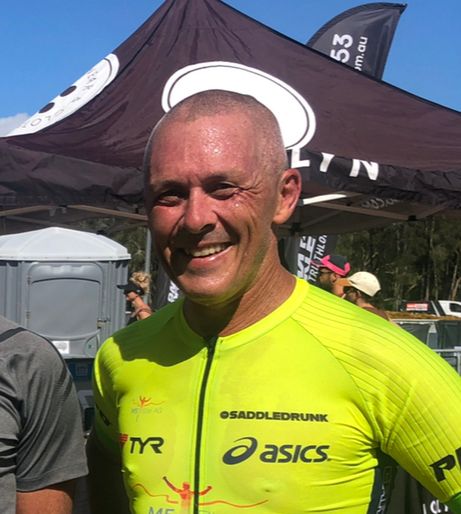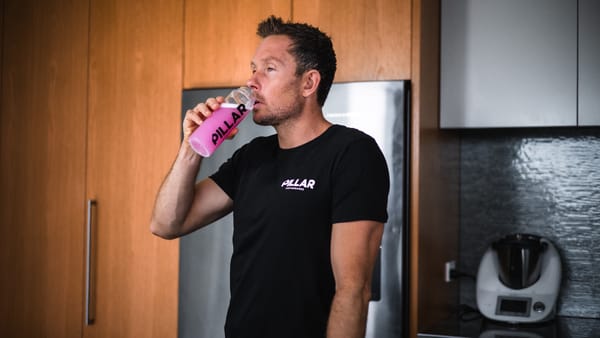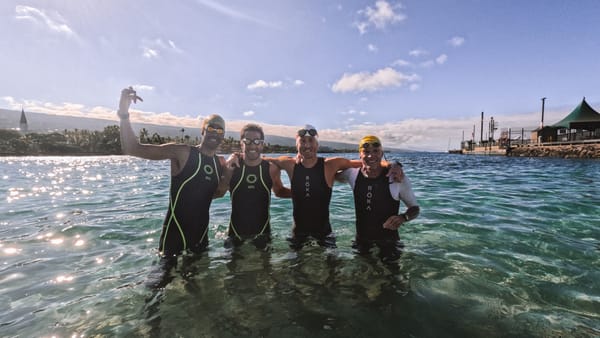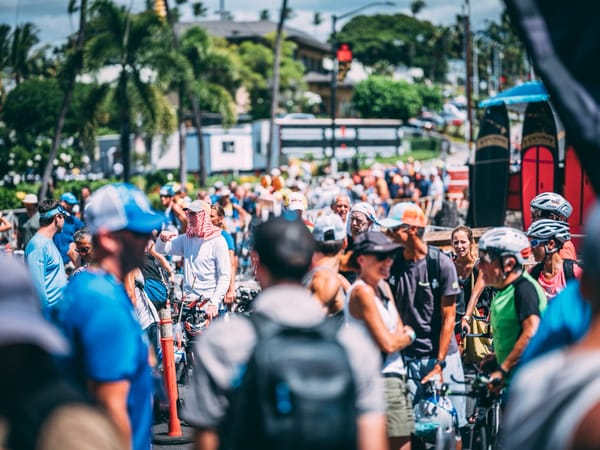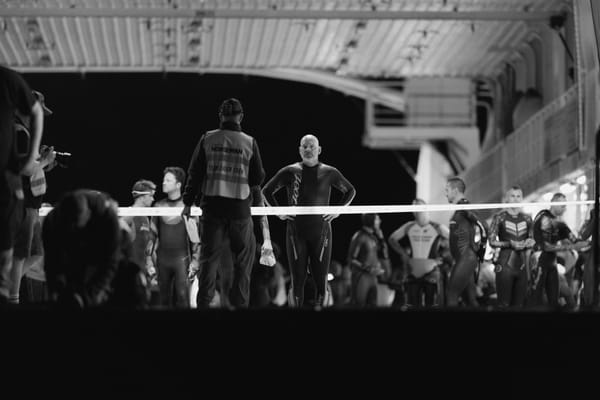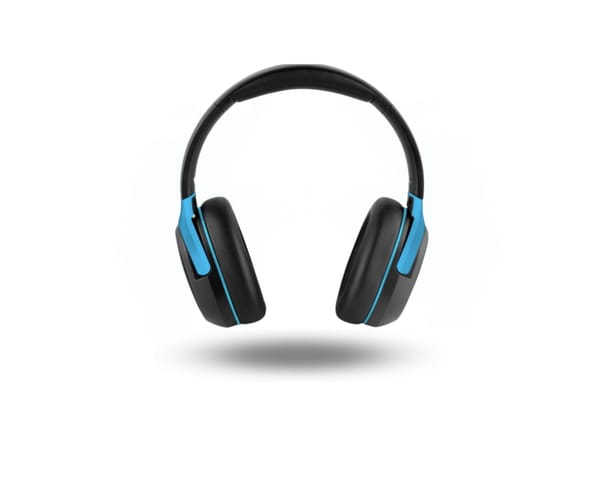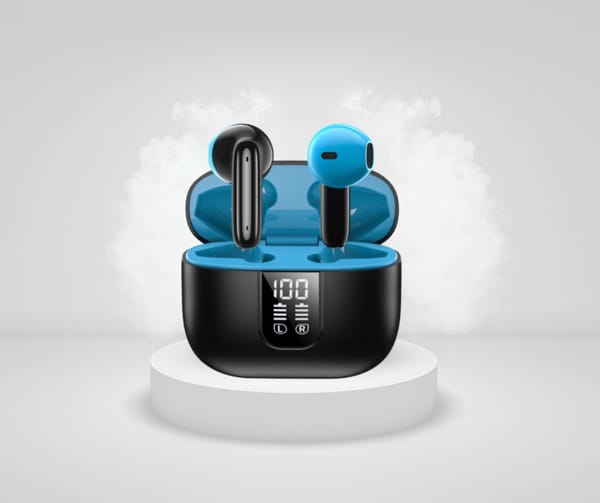Strength is important for endurance athletes and takes time to generate, but there are a few tricks, that will help you maximise your training time.
I drive my coach crazy asking to train more, but I am slowly learning that training smarter is better than training harder. There are many days when the body just isn’t up to the task of training, and sitting at your local cafe will be of more benefit than flogging a dead horse, so to speak.
For the majority of age-group triathletes who have full-time jobs and a family, it is important to make the most of any training time. While it is important to do long, slow sessions to build endurance, there are a few tricks of the trade’ that I have picked up over the years to build strength endurance without having to swim endless laps of the pool, ride for hundreds of kilometres and run for hours on end. Here are a few for your consideration.
Swim
Swimming strength is important, as, come race day, it will allow you to combat choppy seas and the whitewater of a mass swim start. A big part of my swimming involves using a band to hold my ankles together with a pull buoy and hand paddles to build strength. Doing a one-kilometre swim of 10 times 100-metre efforts with just five seconds rest will give you the same strength workout as swimming 1.5 kilometres.
Bike
Long rides are great to build up strength and muscular endurance; however, for those wanting to improve, big-gear hill repeats can also replicate the aforementioned training effects. Triathletes have been using this type of session for years, as doing seated climbing in a big gear (usually 60-to-70 cadence) helps to build leg strength, which usually only comes from long hours out riding.
Run
A great way to get more out of your run is to add interval repeats. These are great to do on the treadmill and help to improve your speed and leg turnover. A simple speed session of 10 times one-minute on and 30 seconds off at just over race pace speed will help you to run faster come race day.
Recovery
The biggest part of endurance sports training is doing the right recovery. Your ability to recover plays a big role in injury prevention and how well you can back up for your next session. Stretching, sleeping and hydration are the key points to focus on. If you are feeling particularly tired, then often a simple stretch session will be much more beneficial for you than a training session on an already tired and fatigued body. Often the hardest thing for any triathlete is knowing that you might just need a day or two off in order to help the body recover and refocus.
The important message is that more is not always better. If you can learn to train smarter and make the most out of every session, then you will see big gains. After all, everyone can do the work but it is those who train smarter who see the biggest improvement.
